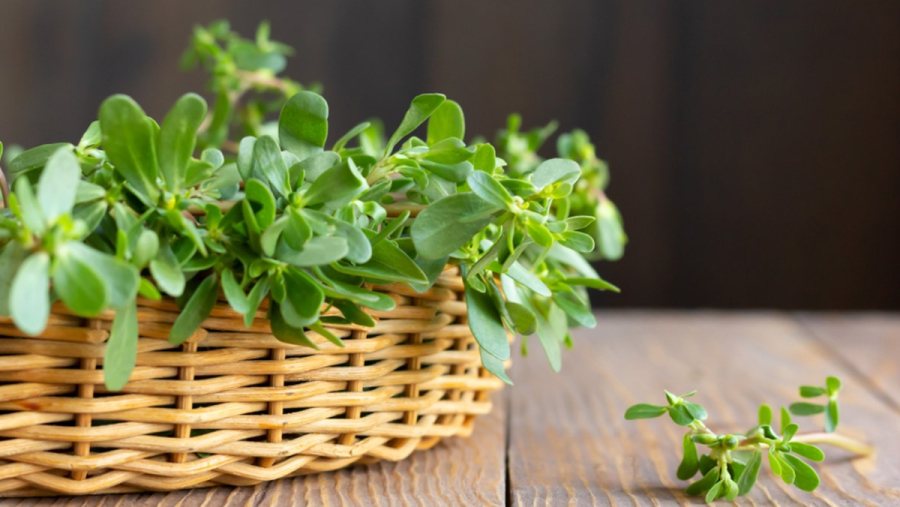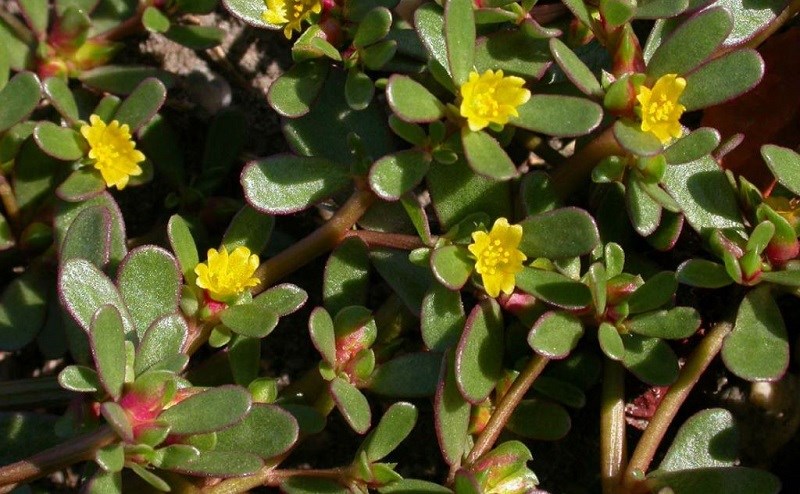Herbalist Bui Dac Sang, from the Hanoi Oriental Medicine Association, describes sam leaf as a wild vegetable that was commonly consumed during difficult times. Nowadays, with a plethora of food options available, this vegetable has been largely forgotten and often removed by people.
In China, sam leaf is known as the “longevity vegetable” and is commonly used in soups, believed to promote longevity and nourish the body. Similarly, the Japanese also hold this vegetable in high regard and actively seek it out, hoping to extend their lifespan.
The popularity of sam leaf extends beyond East Asian countries; it is also favored in India, where it is used to treat liver, kidney, and pancreatic ailments, as well as fever and colds. Additionally, in many European and American countries, sam leaf is prized as both a culinary herb and a medicinal plant.

In many European and American countries, sam leaf is used as a culinary herb and a medicinal plant.
According to Mr. Sang, in traditional medicine, sam leaf possesses medicinal properties that many are unaware of. With its sour taste and cold nature, associated with the liver and large intestine meridians, sam leaf exhibits cooling, detoxifying, anti-inflammatory, diuretic, and analgesic effects.
TS. BS. Bui Pham Minh Man from the University of Medicine and Pharmacy in Ho Chi Minh City (Branch 3) mentions that research has shown the anti-inflammatory properties of sam leaf, helping to reduce inflammation, improve digestive function, and prevent constipation.
Sam leaf is a nutrient-rich vegetable, packed with vitamins A, C, and E, which boost the immune system. Additionally, it contains beneficial minerals such as calcium, magnesium, potassium, and iron. Notably, sam leaf also contains Omega-3, a type of unsaturated fat that benefits cardiovascular health and helps lower “bad” cholesterol.

Sam leaf is rich in nutrients and packed with vitamins A, C, and E.
TS. BS. Man also states that, in traditional medicine, sam leaf is used to treat skin eruptions, dysentery, parasitic worms, and painful urination. According to ancient medical texts, the typical dosage of sam leaf is 50-100g of fresh leaves per day. When used as a decoction, the dosage may be 15-30g of dried leaves.
Beyond its medicinal value, sam leaf is also utilized in culinary applications, featuring in a variety of dishes such as stir-fries, soups, and salads. Herbalist Bui Dac Sang adds that sam leaf can be used in nutritious soups like sam leaf soup with shrimp and minced meat, sam leaf porridge, or sam leaf salad. With its slightly sour taste, sam leaf is particularly refreshing during hot weather, helping to cool the body.

Sam leaf is used in a variety of dishes, including stir-fries, soups, and salads.
Here are some traditional remedies using sam leaf:
– To treat difficult urination and bacterial dysentery: Use 100g of fresh sam leaf and 100g of small-leaf milkweed, decoct and drink daily.
– To treat dysentery in children: Wash fresh sam leaf, pound, and squeeze the juice, boil, then add a little honey and give it to the child to drink.
– To treat fever and rash: Wash fresh sam leaf, pound, and squeeze the juice, and drink directly.
– To treat drug intoxication: Wash fresh sam leaf, pound, and squeeze the juice to drink.
– To treat toothache: Wash fresh sam leaf, pound, and use the fresh juice as a mouthwash.
– To treat snakebites and insect bites: Wash fresh sam leaf, pound, and squeeze the juice to drink, and apply the residue to the affected area.
– To treat pinworms and roundworms: Use 100g of fresh sam leaf, wash, pound, and squeeze the juice to drink.
TS. BS. Bui Pham Minh Man cautions that while sam leaf offers numerous health benefits, it should not be consumed by individuals with spleen and stomach deficiencies or those prone to diarrhea, as sam leaf has a cold nature. Excessive consumption of sam leaf may also cause abdominal coldness and digestive issues such as diarrhea.



































